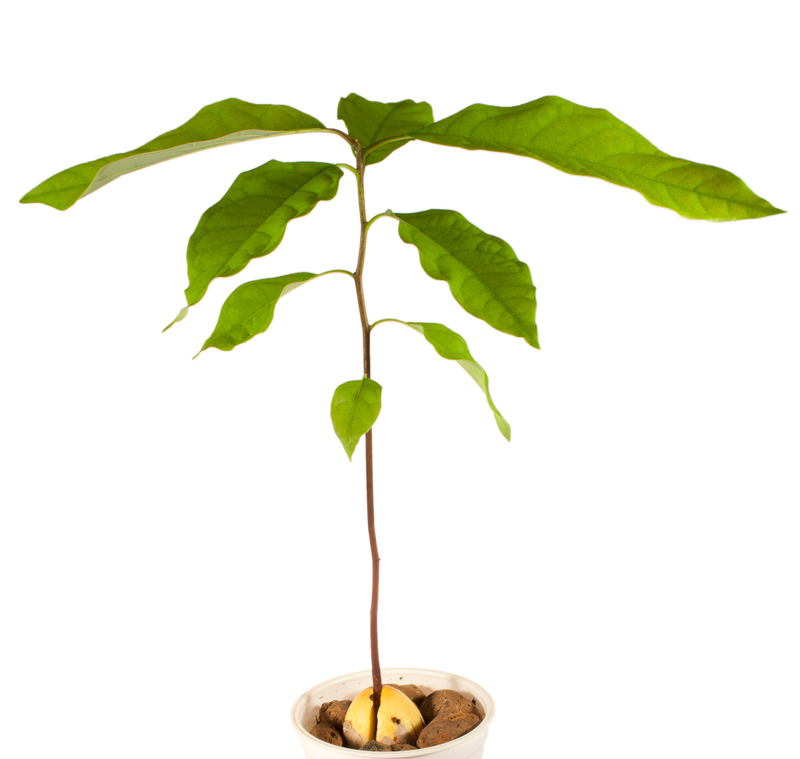Expand Your Plant Palette with Shade-Ready Climbers
Posted on 25/09/2025
Expand Your Plant Palette with Shade-Ready Climbers
Transforming a shady garden space into a lush, vertical paradise is both an art and a science. While sun-loving plants often steal the limelight, it's possible to expand your plant palette significantly with a variety of shade-ready climbers. These versatile plants not only add beauty to your garden but also maximize space and offer privacy.
The Benefits of Shade-Loving Climbers
The addition of shade-tolerant climbing plants to your garden can provide numerous benefits:
- Space Efficiency: Climbing plants grow vertically, making them perfect for smaller gardens or urban settings.
- Privacy and Screening: They can act as natural screens, creating secluded and serene garden spaces.
- Biodiversity: Many climbers attract pollinators and provide habitats for beneficial insects.
- Climate Adaptation: Certain climbers are adapted to grow in cooler, shadier spots where other plants might not thrive.
Popular Shade-Ready Climbers
Adding shade-ready climbers to your garden can transform a dull stretch of wall or fence into a tapestry of color and texture. Consider these top picks:
Clematis
Clematis is often revered for its stunning blooms. While many clematis varieties prefer sun, certain hybrid varieties are well-suited for partial shade settings. Look for varieties like Clematis 'Nelly Moser', which showcases large, bicolor flowers that can brighten up any shaded area.
Honeysuckle (Lonicera)
The honeysuckle is a fragrant favorite that thrives in part shade. With its delicate, tubular flowers, honeysuckle attracts both bees and hummingbirds. Varieties such as Lonicera periclymenum are perfect for pergolas or trellises, offering both aesthetic appeal and a delightful scent.
Virginia Creeper (Parthenocissus quinquefolia)
For those who appreciate seasonal beauty, Virginia Creeper is an excellent choice. Known for its vibrant autumn colors, this plant can cover wide areas quickly, making it ideal for large spaces or unsightly structures. Its ability to thrive in full shade makes it particularly valuable for locations that receive little rain or sunlight.

Creating the Ideal Environment for Shade Climbers
Understanding Soil Requirements
The key to successfully growing shade-loving climbing plants is understanding their soil needs. Most shade climbers prefer well-draining soil enriched with organic matter. Before planting, it's wise to amend the soil with compost or leaf mold, which can improve both fertility and drainage.
Providing Structural Support
To reach their full potential, shade-ready climbers need support structures. Consider installing trellises, arbors, or even strategically placed wires along walls. Ensure these supports are strong enough to handle the weight of mature plants, which can be substantial.
Watering and Maintenance
Although shade-tolerant climbers require less direct sunlight, consistent watering is crucial, especially during the warmer months. A layer of mulch can help conserve moisture and suppress weeds. Regular pruning also stimulates healthy growth and enhances flowering.
Creative Landscaping Ideas with Shade Climbers
Maximize the visual appeal of your garden by integrating climbers into your landscape design:
- Use shade climbers to frame entranceways or garden pathways, creating a welcoming atmosphere.
- Blend different textures and foliage colors to craft an eye-catching backdrop for other shade-loving plants.
- Create living walls using a variety of climbers for a striking, dynamic feature.

Combining Climbers with Compatible Shade-Loving Plants
For a harmonious garden composition, pair your climbers with compatible shade-tolerant perennials and shrubs:
Hostas and Ferns
Hostas and ferns offer a lush, leafy contrast to the climbing structures, creating a multi-layered landscape effect. With their varying shades of green and diverse leaf textures, these plants complement the vertical growth of climbers.
Astilbes
Astilbes provide a burst of fluffy, plume-like blooms in shades of white, pink, and red. Their vibrant colors and feathery textures create excellent visual interest alongside the more structural forms of climbers.
Final Thoughts
Expanding your plant palette with shade-ready climbers is an excellent way to beautify and utilize less sunlit spaces in your garden. Whether you aim to enhance privacy, add vertical interest, or attract wildlife, these climbers provide endless possibilities. With proper care and thoughtful design, they can transform any shady corner into a thriving oasis of color and life.
When selecting your shade climbers, consider the unique conditions and architecture of your space, and don't be afraid to experiment with combinations. Over time, you'll discover the perfect balance of form, function, and beauty that shade-loving climbers can offer your outdoor sanctuary.

